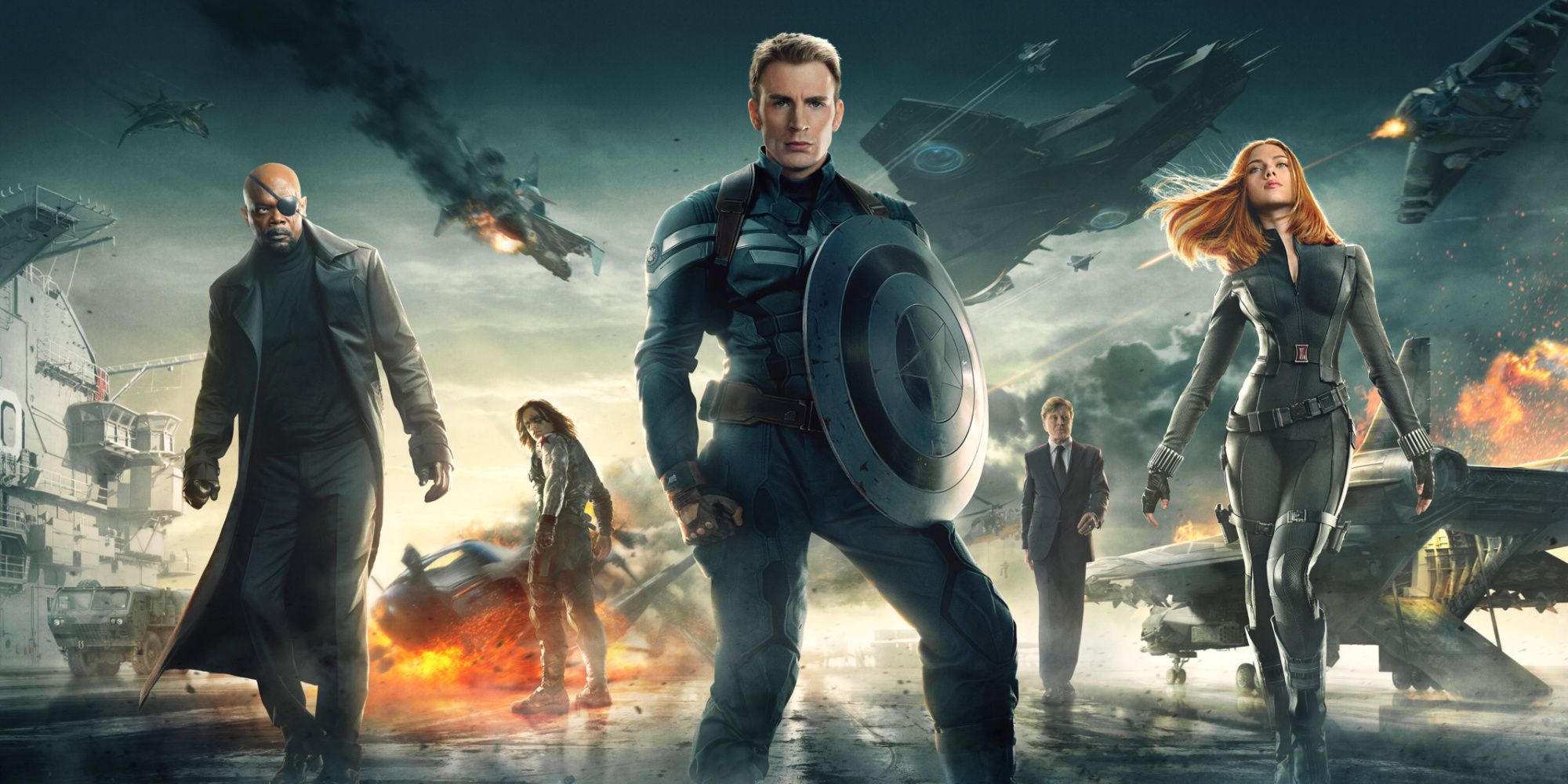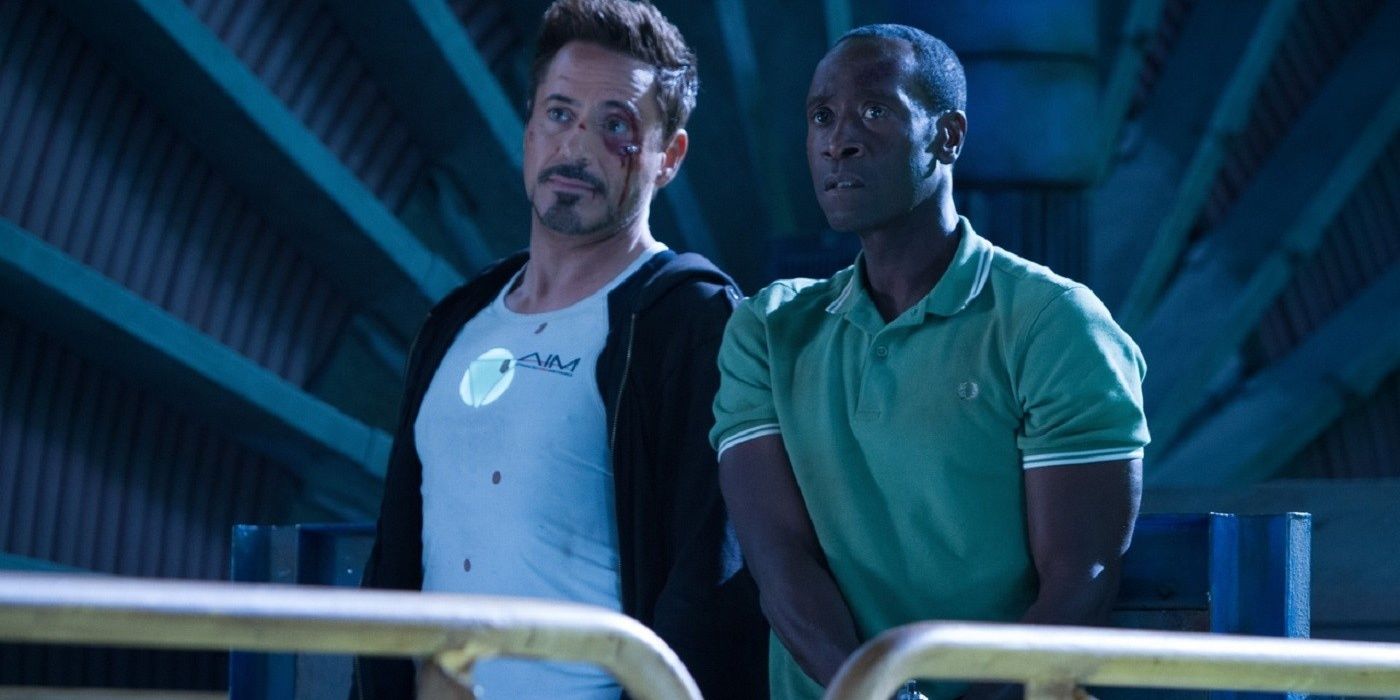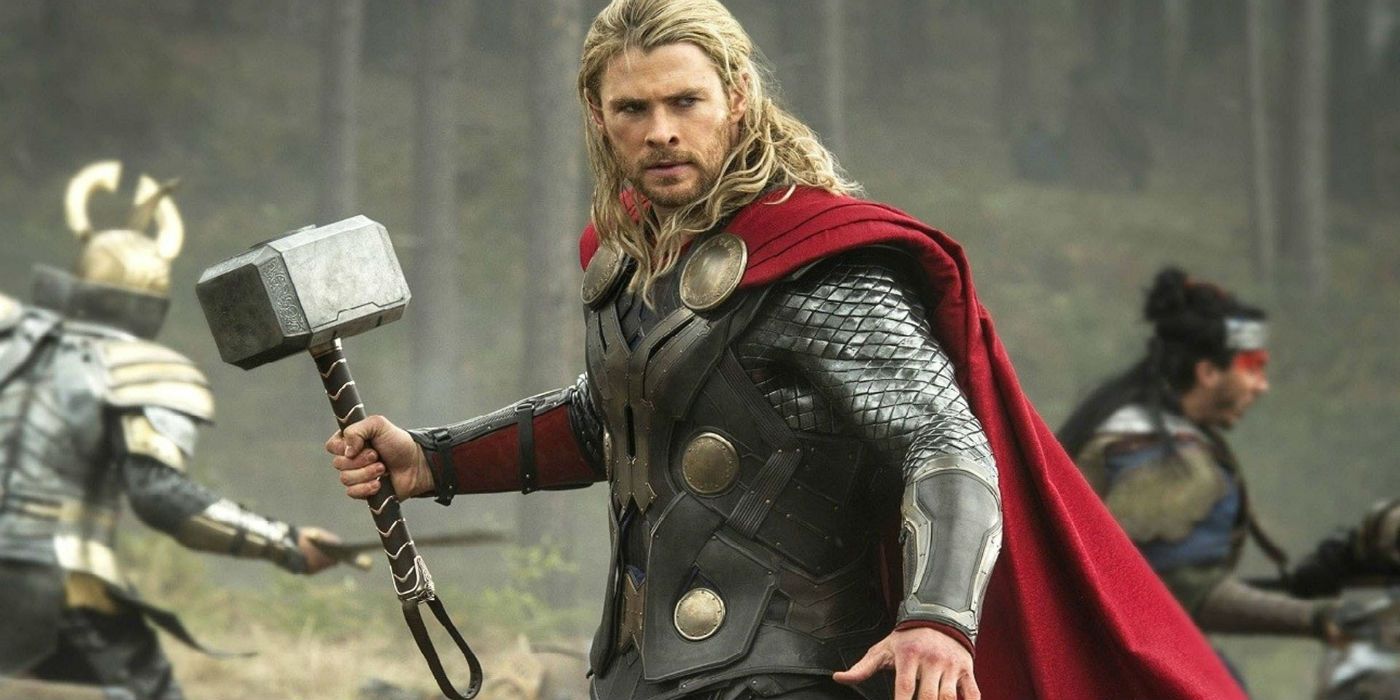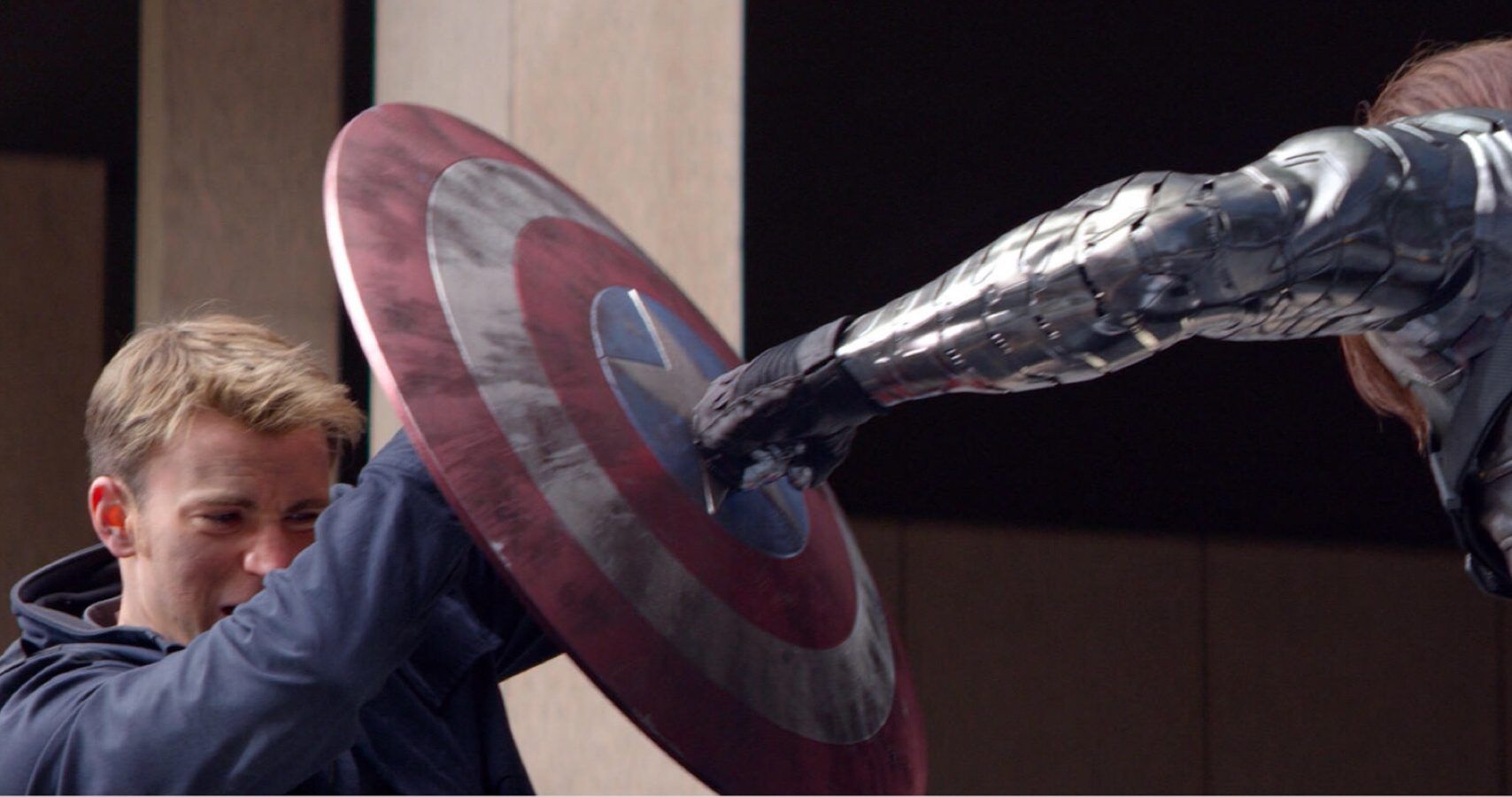EDITOR'S NOTE: This article is part of a series, "Countdown to Endgame," which looks back at the films of the Marvel Cinematic Universe leading up to Avengers: Endgame.
Following the $1.5 billion success of The Avengers, the Marvel Cinematic Universe became a household name four years into its run. Now irrevocably in the public eye and expectations for a follow-up to the ensemble film riding high, Marvel Studios had to develop its strategy moving into its second phase. As the MCU moved into the middle act of its Infinity Saga, it decided to revisit its three most successful characters -- Iron Man, Thor and Captain America -- in new standalone sequels that quietly laid the groundwork for a second Avengers film.
Using the newfound name recognition granted by The Avengers, Marvel Studios decided take additional risks with each solo film, stripping them down to the bare essentials to remind audiences why they fell in love with the characters in the first place. In doing so, they created some of the most bombastic solo entries to mark the launch of Phase Two.
Appropriately leading the charge was Iron Man, in his third and ostensibly final solo film. This installment was written and directed by Shane Black, who had previously worked with Robert Downey Jr. in the 2005 film Kiss Kiss Bang Bang and provided uncredited help behind the scenes on the original Iron Man.
Approaching the sequel, Black wanted to bring the character back to his roots, proving that Tony Stark's greatest asset wasn't the many suits of armor he had built, but rather his inventive mind, with Stark relying on his own wits for much of the film. To keep with this back-to-the-basics approach, Black presented the characters with a relatively more grounded threat than the alien invasion they had faced in The Avengers.
However, Stark hadn't walked away from the Battle of New York completely unscathed, suffering from a form of post-traumatic stress disorder due to his near-death experience and having a front row seat to a full-on interstellar conflict. The condition leads to Stark compulsively creating new sets of armor for every thinkable scenario while occasionally enduring public anxiety attacks. The depiction was a departure for most superhero films, the toll of superheroism on the psyche previously unseen.
However, reported creative issues behind the scenes led to significant plot changes mid-production, including a reduced role for Rebecca Hall's intended villain, Maya Hansen. Despite this, the film became the highest-earning solo superhero film at the time, with critics praising it as a noticeable improvement over Iron Man 2.
Just as Iron Man 3 had brought the Armored Avenger back to his techno-thriller roots, the second Thor film embraced the dark fantasy genre only previously hinted at in the Asgardian's first film. To underscore the wider expansion in the fantasy possibilities of the character, Marvel Studios looked to directors from Game of Thrones to potentially helm the sequel before signing Patty Jenkins at the suggestion of returning actress Natalie Portman. Ultimately, Jenkins left the project citing creative differences, to Portman's reported chagrin, with Jenkins replaced by Game of Thrones director Alan Taylor.
Thor: The Dark World is a sadder, stranger film than its predecessor that does indeed play up the fantasy tropes, making Asgard feel more like a lived-in kingdom than a golden pipe organ floating in space, but still retains the original film's sci-fi sensibilities, including Dark Elves wielding laser rifles and singularity grenades.
However, even after Jenkins' departure, there were reports of disagreements between Taylor and the studio, with Joss Whedon brought in for on-set rewrites and reshoots, expanding Tom Hiddleston's return as Loki. While a bigger commercial success than its predecessor, many critics and audiences dismissed The Dark World as the weakest MCU film to date, a distinction that has not visibly improved over the past six years.
One MCU film whose legacy has significantly risen in acclaim since its 2014 premiere is Captain America: The Winter Soldier. The first solo Captain America sequel had Steve Rogers acclimating to life in the 21st century while continuing to work for S.H.I.E.L.D. The Star-Spangled Avenger stumbles across a global conspiracy featuring an assassin with a familiar face as everything Captain America, Black Widow and Nick Fury once fought for comes crashing down around them.
For the sequel, brothers Joe and Anthony Russo signed on to helm the film, marking the first entry in the MCU for the directing duo that would eventually stake their claim in the shared cinematic universe, later bringing audiences the likes of Captain America: Civil War, Avengers: Infinity War and, soon, Avengers: Endgame.
Taut, thrilling and tightly paced, the filmmakers drew inspiration from political thrillers in developing the sequel, all without compromising the character's superhero sensibilities. While previous Marvel Studios films had hinted at the lasting effects of their films before seemingly resolving everything neatly, The Winter Soldier brought a sense of lasting consequence to the MCU; the real twist in the film isn't that Bucky Barnes is the titular assassin, but that Hydra has completely infiltrated S.H.I.E.L.D.
This reveal would ripple out across the MCU for years to come and influence Steve Rogers' decision-making at a crucial junction in the next Captain America film. With some of the best reviews in the entire MCU, and nearly doubling the box office earnings of the first film, it is The Winter Soldier that enjoys the greatest lasting legacy of any of the Phase Two films.
In revisiting its three core characters, Marvel Studios proved that the MCU not only had a prosperous future beyond The Avengers, but that it did not have to rely entirely on ensemble films to stay relevant with audiences and critics.
As rival studios began attempting to build up their own respective shared cinematic universes, Marvel started its second phase by subtly deconstructing their own by going back to its roots and subverting expectations. And, with the strangest heroes in the MCU about to make their debut, the studio would begin to enlist filmmakers to bring their own signature sense of quirkiness to the franchise.




